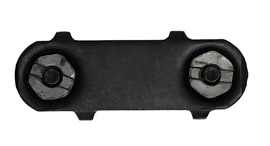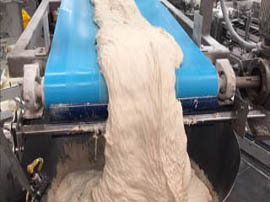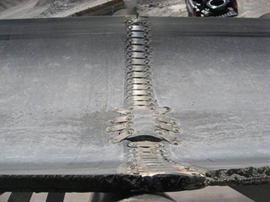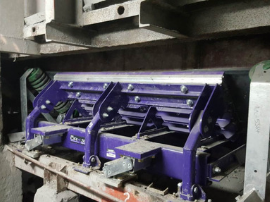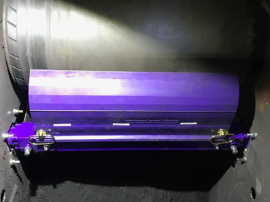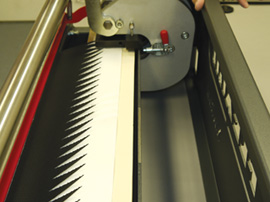Blog
Three Tools to Make Belt Conveyor Maintenance Quicker and Safer
Putting Conveyor Belt Fastener Metals to the Test: Which Is Best?
What Are Your Light-Duty Conveyor Belt Cleaners Costing You?
What to Look for When Buying a Splice Press
The Next Normal: Re-Imagining the Realities
The Journey of Digital Transformation
Change and Evolving Operations
How to Cut Installation Time in Half and Defeat Dust
How to Choose Quality Pulley Lagging for Your Operation
‘Tis the Season for an Assessment … Or Is It?
The Three Principles of Belt Cleaner Maintenance
Which fastener should I choose for my conveyor belt?
Is Cross-Contamination a Dirty Word in Your Bakery?
How Does Voltage Affect My Endless Splice?
How Your Hinge Pin Can Make or Break Your Splice
How Protecting Your Load Point Can Increase Your Productivity
Finger Splicing Made Easy with In-House Tooling
Splice Press Recipe Development – Part II: The Fundamentals
Splice Press Recipe Development – Part I: What You Need to Know
Why You Should Replace Your Ineffective Belt Cleaner Right Now
Conveyor Belt Rip Repair: What You Should Know
Keeping Efficiency and Safety in Mind When Transporting Grains
Defeating Downtime With In-House Splicing
How In-House Endless Splicing Puts You in Charge
When Is It Time to Use a Finger-Over-Finger Endless Splice?
Sanitation in Food Processing - Best Practices for Belt Splicing
The Secret to a Successful Belt Conveyor Assessment: Digital Technology
Top 10 Belt Conveyor Quick Fixes
How To Keep Your Conveyor Belt on Track
Why You Should (And Shouldn’t) Be Skiving Your Belts
What No One Tells You About Belt Cleaner Tensioning
The Need for Belt Cleaners by the Numbers




















